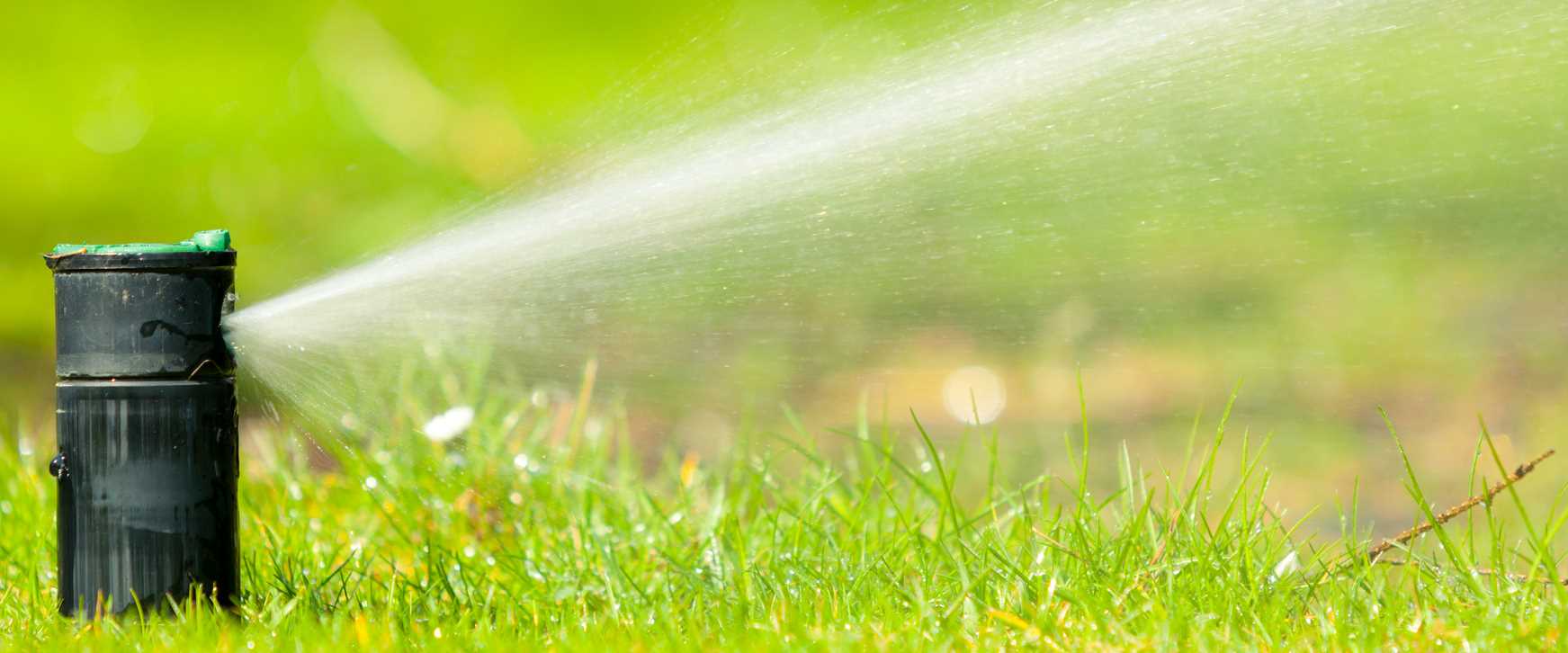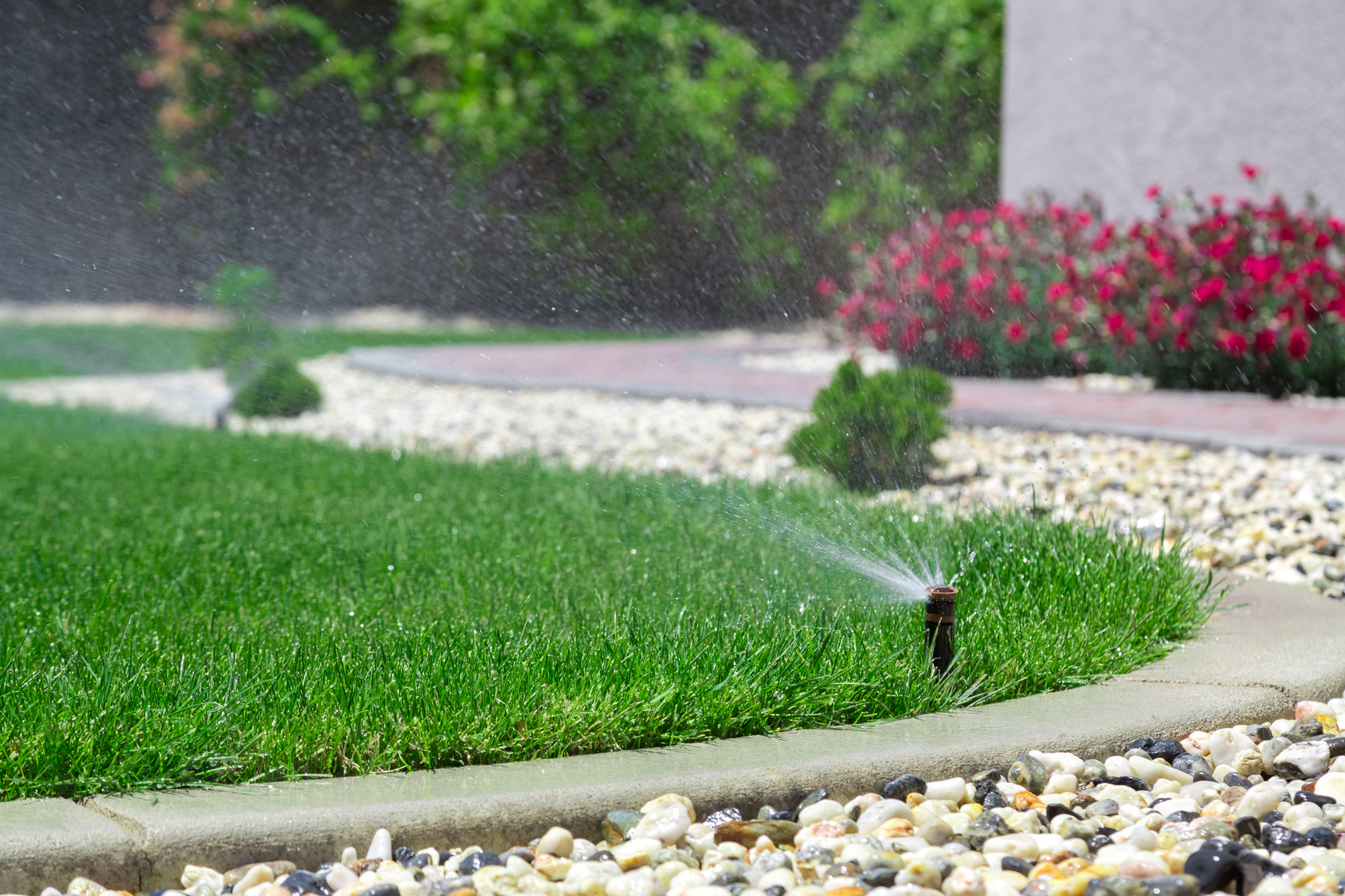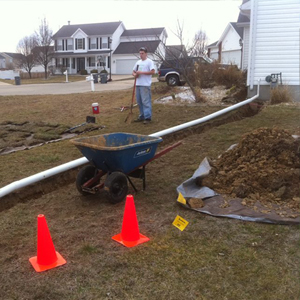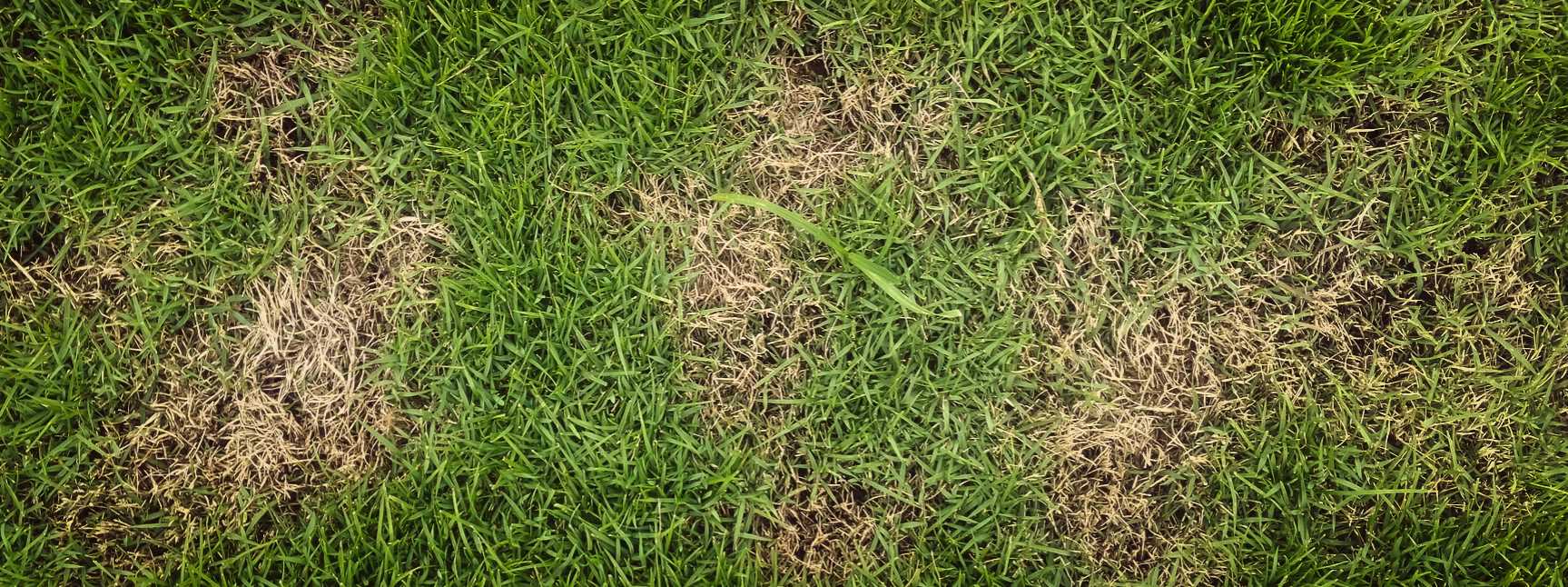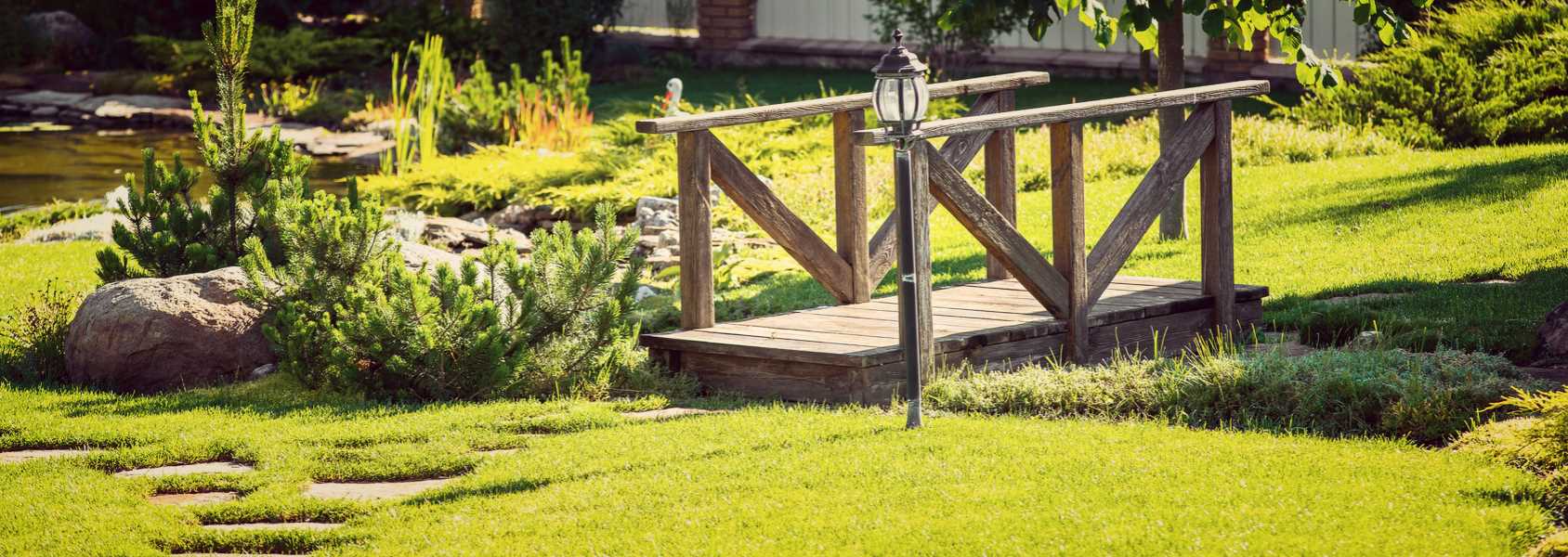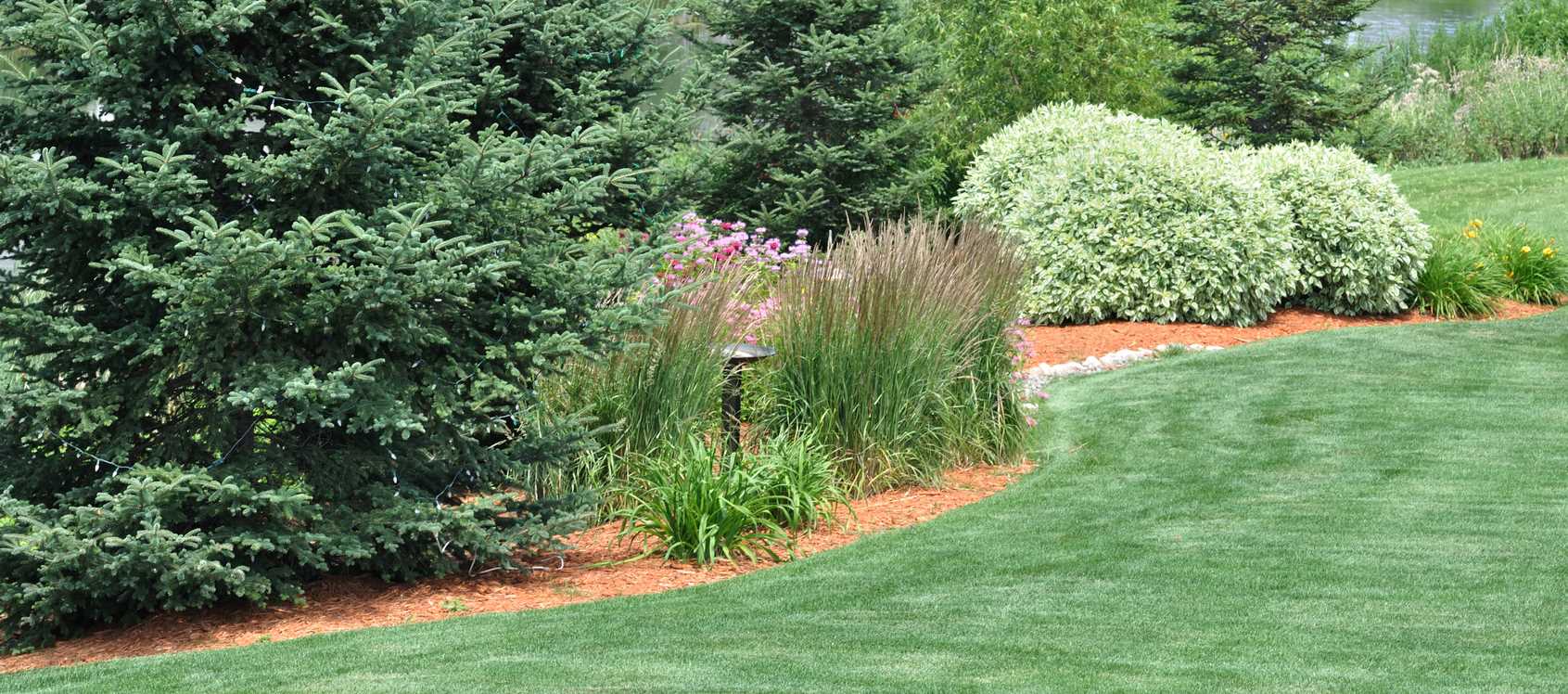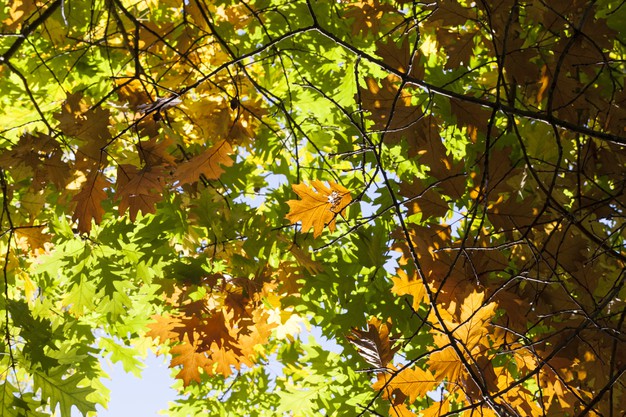Urban Tree Decline
Click Here To Download Urban Tree Decline
Urban Tree Decline
Tree species affected: Deciduous trees
Issues: Thinning crown, progressive die back over several years, vigorous shoots below die back, death
Description: Tree decline is the gradual loss of tree health and vigor over time. The decline isn’t a specific disease but rather a combination of stress factors working together over a few to several years to eventually cause tree death. These stress factors can be living or non-living and can act singly, in concert, or in succession. Determining causes of decline requires careful examination of the tree and grow-ing site as well as knowledge of the tree’s history. Diagnosis can be more difficult when the original stress factor is obscure or no longer present. A tree can be pre-disposed to decline because of its age, the site in which it grows, or competition with other trees. Decline is then triggered by inciting factors such as:
- mower or string trimmer damage
- topping & other poor pruning practices
- ice & wind storm damage
- drought
- flooding
- late-season frost
- severe winter weather
- defoliation by insects or diseases
- improper planting
- improper mulching
- stem-girdling roots
- acute pollution
- increased pollution levels over time
- herbicide damage
- nutrient deficiencies
- excessive salt accumulation
- excessive fertilizer
- soil compaction
- changes in soil grade
- changes in soil pH
- construction damage
- installing impervious surfaces
- changes in water availability
- changes in sunlight availability
Trees survive stress temporarily by using stored energy reserves. When these reserves are depleted, symptoms begin showing. This may take 2-3 years or longer after a stress episode to become noticeable. Declining trees have fewer or weaker defenses against insects and disease. These trees are susceptible to a wide array of secondary stress factors, including Armillaria root rot, Hypoxylon canker, several defoliating diseases, and various insect borers and foliage feeders. It is often these secondary invaders that finally kill the tree.
Symptoms and Signs: Initial symptoms of tree decline may include delayed spring leaf emergence, premature fall coloration, and leaf drop, and a thinning crown as twigs die back and fewer leaves are produced. Leaves may be small and pale with scorched edges during summer. Vigorous shoots are common along the trunk and lower branches. Branch dieback becomes more prominent as the decline progresses, especially high in the tree’s crown. Bark may fall off sections of trunk or branches. Stressed trees may produce heavy seed crops. Wood-boring insect holes, woodpecker damage, or mushrooms are indications of advanced stages of decline.
Recommendation: Trees in severe decline (50% or more of the crown affected) are unlikely to recover and should be removed to reduce hazards to people and property. Increase vigor of less symptomatic trees through the following good tree care practices:
- Water 2-3 times per month during extended dry periods. Provide water gradually to promote infiltration. To determine the total watering time needed using a hose set at medium pressure (2 gallons per minute), multiply the tree’s diameter (in inches) by 5 minutes.
- Mulch trees with a 3 inch-thick layer of organic mulch, such as shredded bark or wood chips, within the drip line area to encourage growth of the tree’s fine feeder roots and prevent moisture loss.
- Selectively prune dead or dying branches to improve appearance and reduce attraction of wood-boring insects.
- Conduct a soil test to determine nutrient levels and fertilize only if necessary (soilplantlab.missouri.edu). Do not apply fertilizer from mid-summer through mid-fall as applications at this time can damage stressed trees by promoting growth that is more susceptible to winter injury and more attractive to insects.
Prevention:Keeping your tree healthy is the best way to prevent decline.
- Water trees during establishment and drought periods.
- Prevent soil compaction, changes to soil grade, and mechanical injury to the trunk and roots during construction and yard maintenance.
- Plant the right tree in the right place by carefully considering the planting site as well as a tree species’ biological requirements and growth qualities. Consult tree planting guides to avoid improper planting practices.
- Grow native! Plant trees native to Missouri as they are more likely to tolerate the soils and climate found here.
- Prevent repeated insect and fungal defoliations with appropriate management techniques. Be sure to accurately identify what is affecting your tree before treating it.
- Avoid excessively fertilizing or liming your trees.


